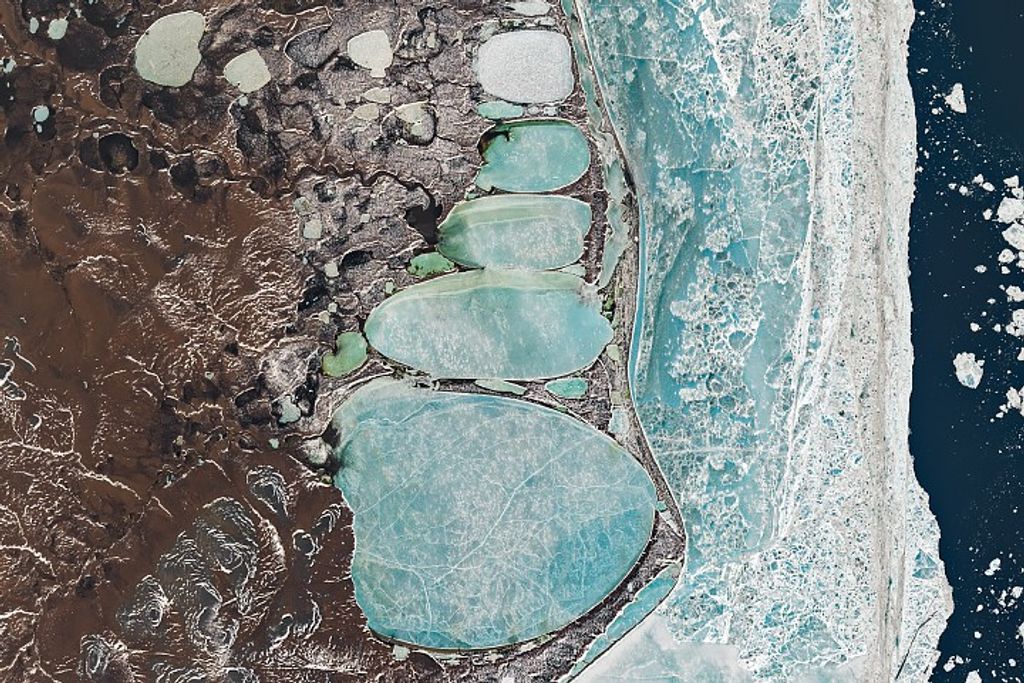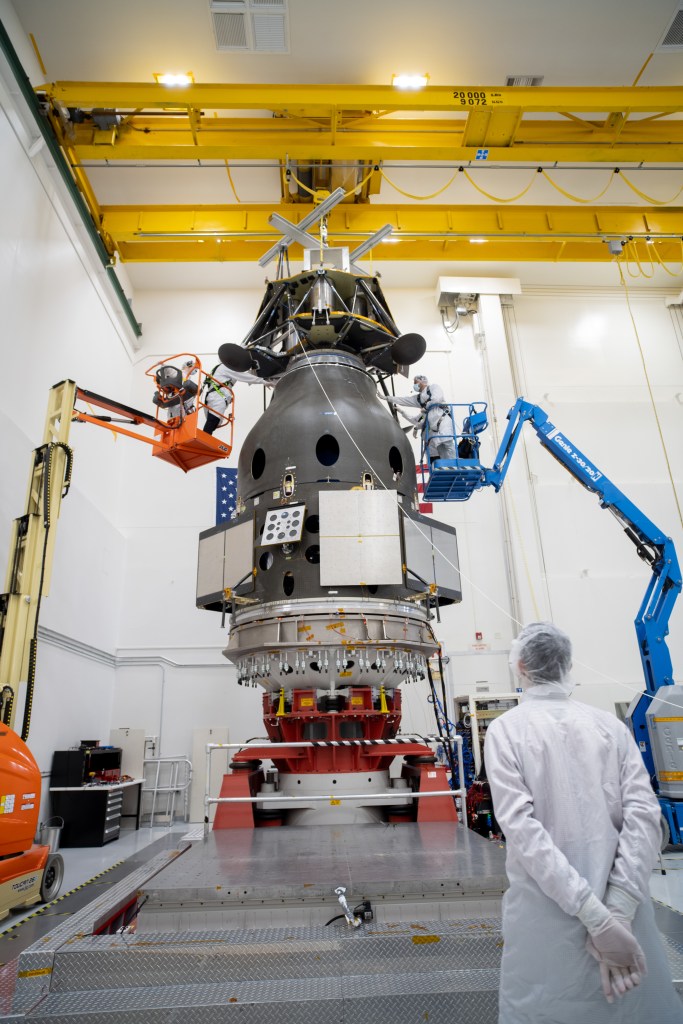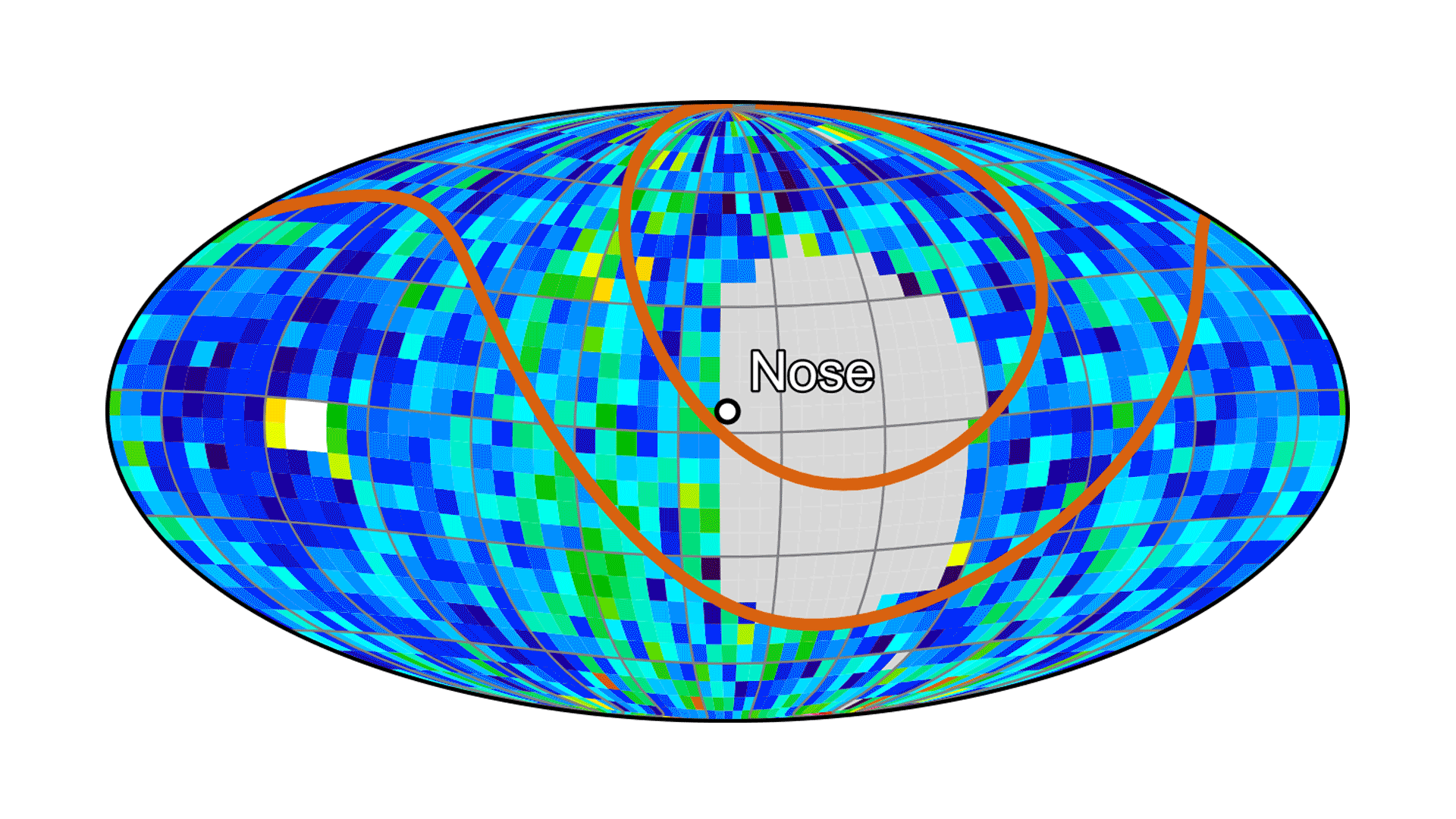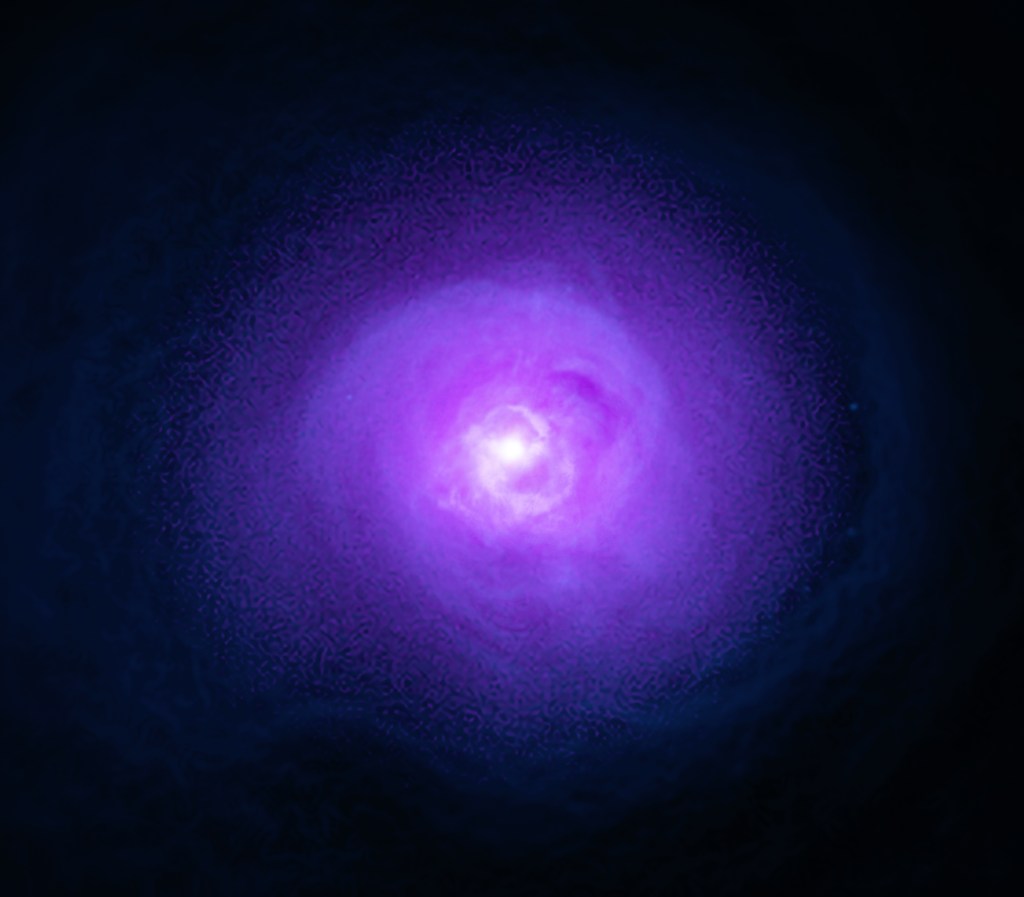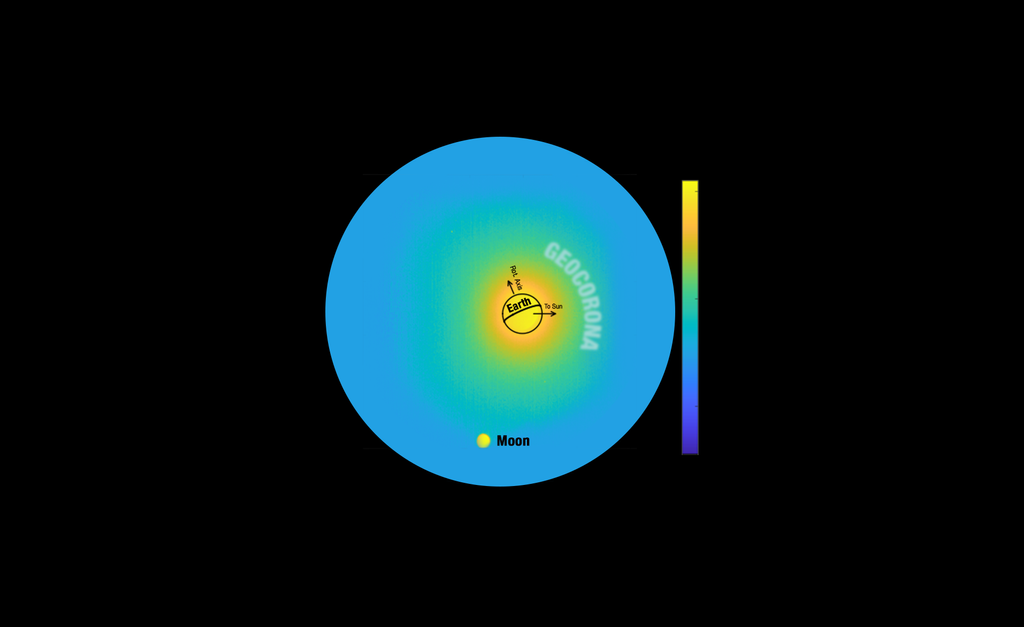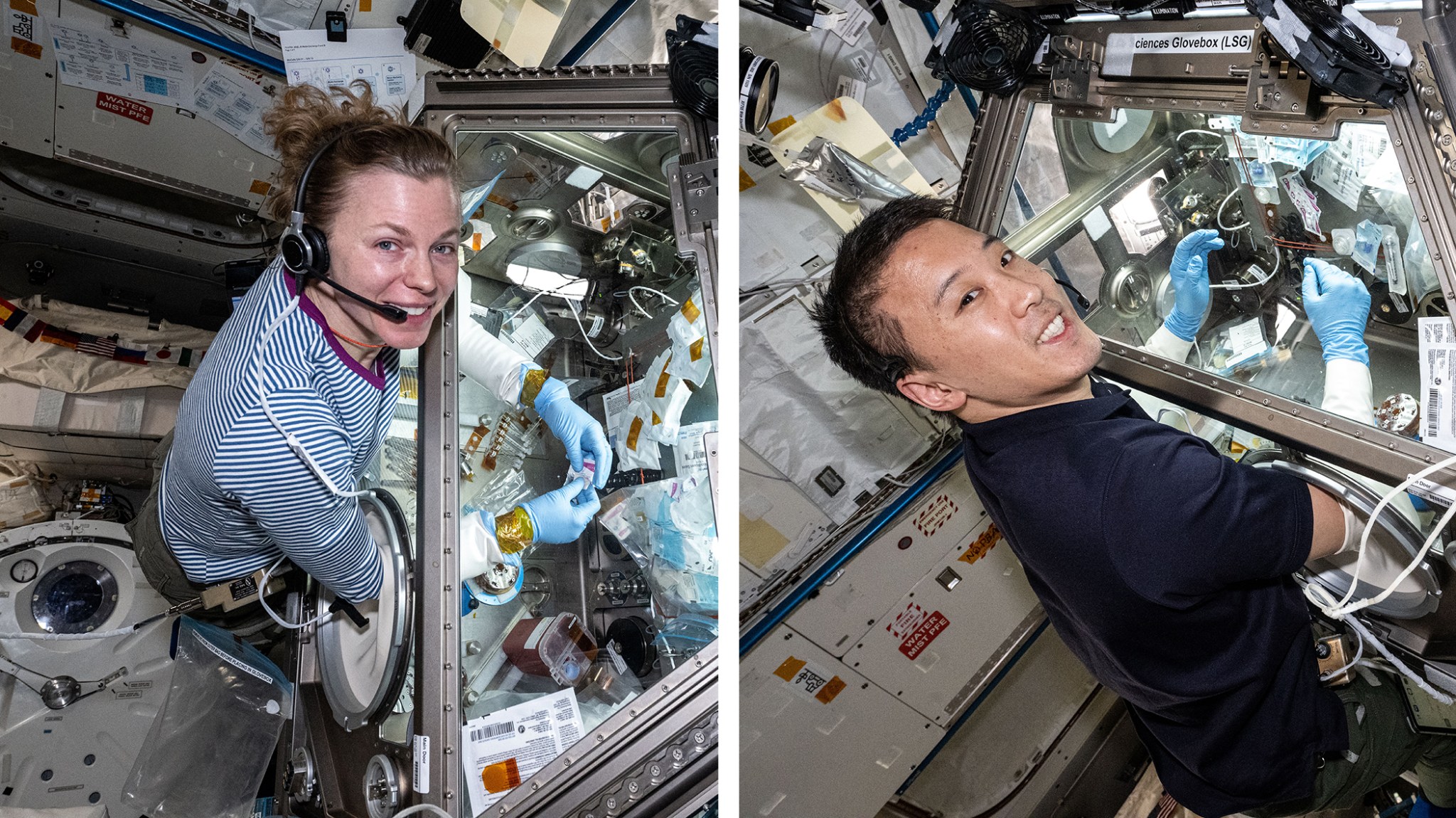Bone Loss, Transistor Tech Top Tuesday Science as Cygnus Launch Announced
Bones and transistors were the main research topics aboard the International Space Station on Tuesday to explore how microgravity affects the human body and advanced technology. Also, the next cargo mission packed with new science, supplies, and hardware for the Expedition 73 crew is targeted to lift off in mid-September.
NASA Flight Engineers Zena Cardman and Jonny Kim were back on space biology duties processing bone stem cell samples inside the Kibo laboratory module’s Life Science Glovebox throughout the day. The duo took turns helping researchers explore how microgravity affects bone tissue to safeguard a crew member’s skeletal system and possibly treat aging conditions and bone diseases on Earth. The samples will be stowed in science freezers and returned to Earth aboard the SpaceX Dragon cargo craft for retrieval and analysis. Later, Cardman peered into standard medical imaging gear operated by Kim as doctors on the ground remotely examined her retinas in real-time looking for any space-caused issues.
NASA Flight Engineer Mike Fincke, on his fourth spaceflight, kicked off his shift unpacking more hardware from inside Dragon including stowage components for a station EXPRESS rack that supports a variety of microgravity experiments. He also brushed up on his Canadarm2 robotic arm skills practicing maneuvers on a computer, documented his meals for the day, then processed his biological samples for stowage and future analysis.
Flight Engineer Kimiya Yui of JAXA (Japan Aerospace Exploration Agency) also worked on Dragon cargo transfers assisting Fincke with the science stowage hardware removals. Yui also began deconfiguring fiber manufacturing hardware from inside the Destiny laboratory module’s Microgravity Science Glovebox. Next, the two-time space station resident began installing new experiment gear in an EXPRESS rack to observe how space radiation affects advanced transistor technology.
Station Commander Sergey Ryzhikov of Roscosmos began his inventorying parts that support the Zvezda service module’s treadmill. He also joined Flight Engineer Alexey Zubritsky and tested communications gear inside the Progress 91 that will soon depart the orbiting lab after six-and-a-half months docked to Zvezda’s rear port. Zubritsky also replaced protective shielding on research hardware designed to measure the internal and external neutron radiation environment the space station is exposed to. Roscosmos Flight Engineer Oleg Platonov photographed Platonov during the radiation experiment operations then spent time inside the Nauka science module on servicing life support gear.
NASA, Northrop Grumman, and SpaceX are targeting the launch of the 23rd Cygnus cargo mission to resupply the orbital outpost for 5:49 p.m. EDT on Sept. 15. Cygnus will launch atop a Falcon 9 rocket from Cape Canaveral Space Force Station in Florida to deliver over 10,000 pounds of new science investigations, spacesuit hardware, crew supplies, and more to replenish the Expedition 73 crew.
Learn more about station activities by following the space station blog, @space_station on X, as well as the ISS Facebook and ISS Instagram accounts.
Get the latest from NASA delivered every week. Subscribe here.








